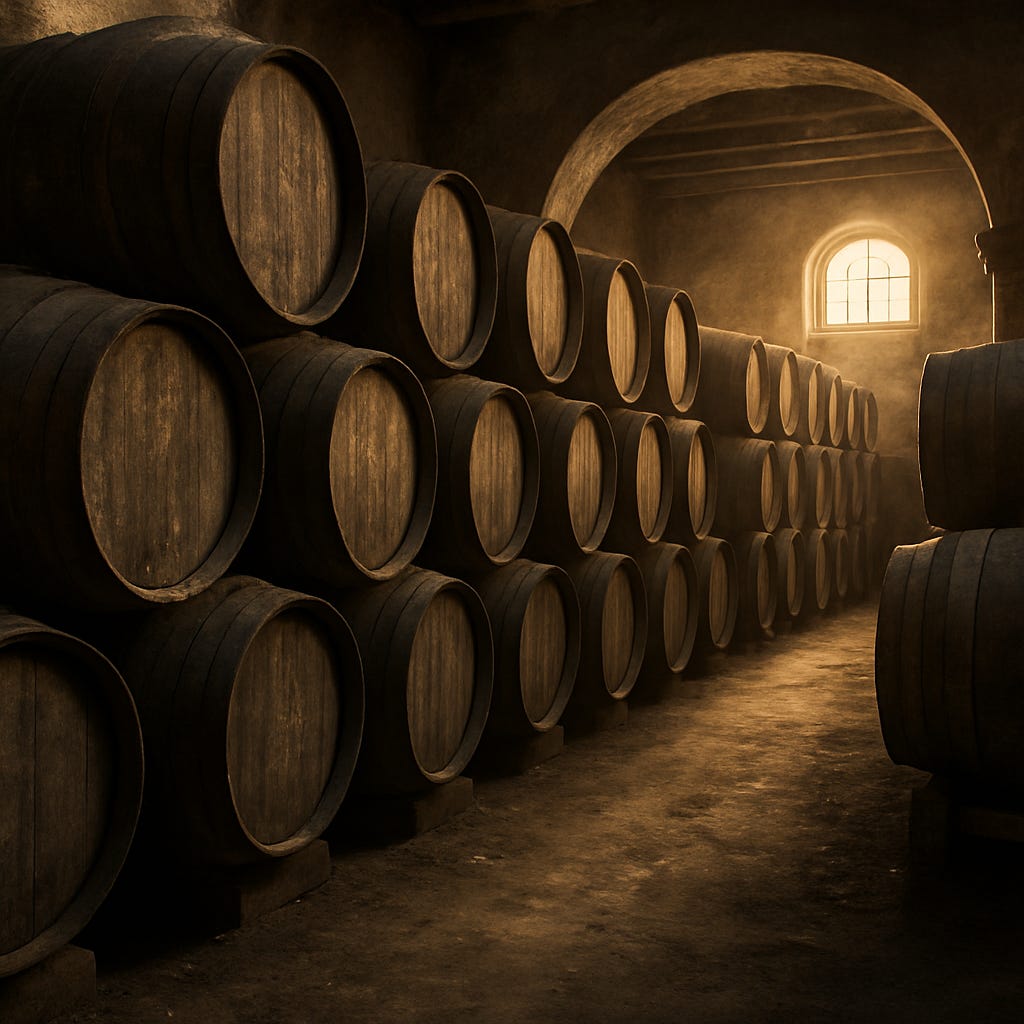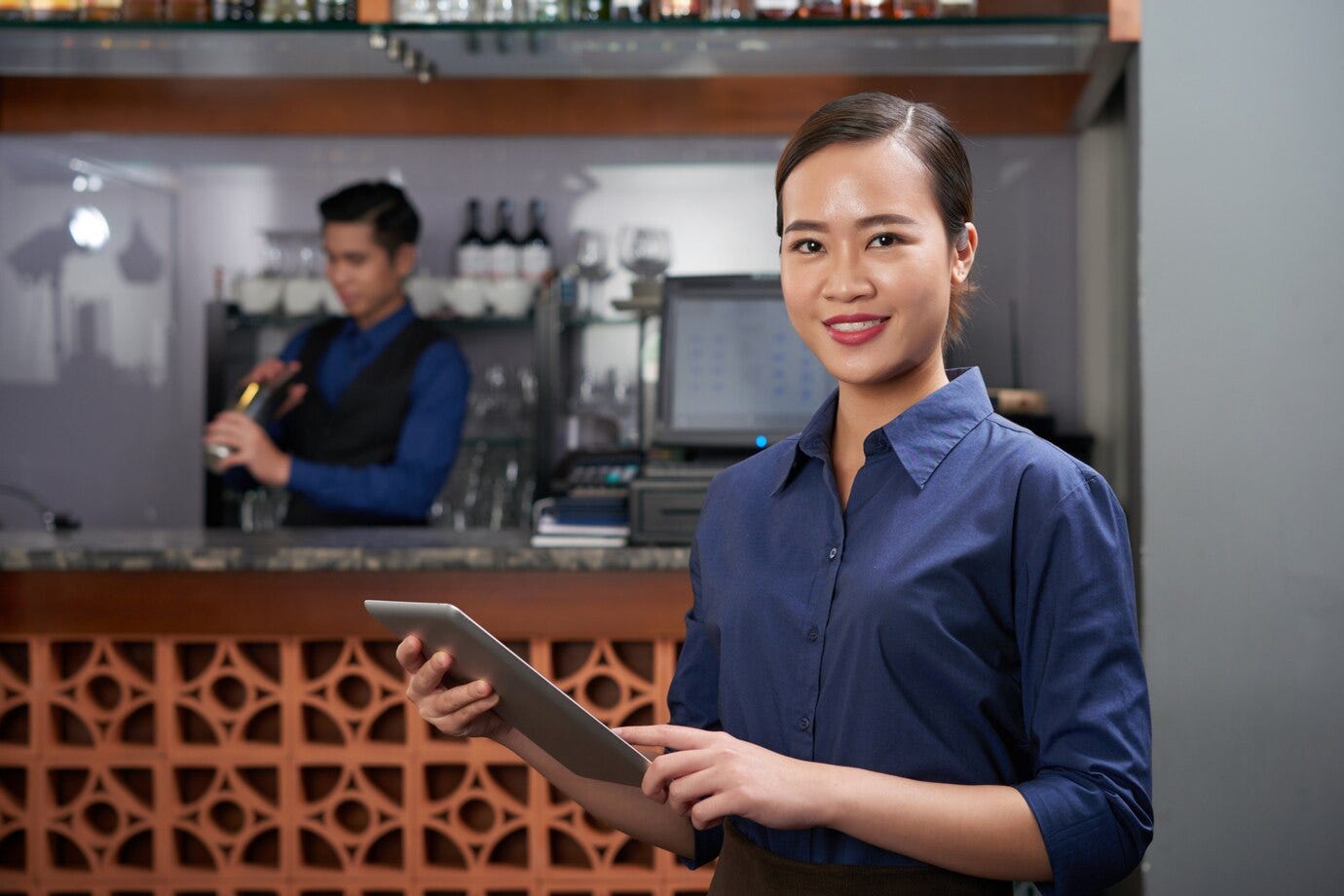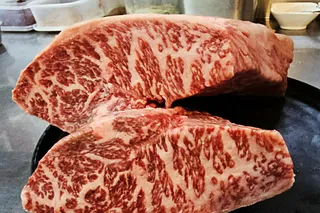
by Ross Kingsley | Jun 1, 2025 | KNOWLEDGE: MEAT ESSENTIALS
Wagyu, a term that loosely translates to “Japanese cow,” is more than just a type of beef—it’s a symbol of meticulous care, tradition, and distinct flavor. Originating in Japan, Wagyu beef comes from specific breeds of cattle—most notably Japanese Black, Japanese Brown, Japanese Polled, and Japanese Shorthorn. These breeds were initially used as draft animals in rice farming due to their endurance and strength. Over centuries, selective breeding, combined with Japan’s isolated geography, resulted in cattle with unique genetic traits that produced finely marbled beef, prized for its tenderness and rich flavor.
The history of Wagyu took a significant turn during the Meiji Restoration in the late 19th century. With Japan opening its doors to the world, foreign cattle were crossbred with native varieties to enhance certain qualities. However, strict regulations eventually ensured the purity of the Wagyu lineage, preserving its signature characteristics.
Today, Wagyu has transcended its Japanese roots, becoming a global phenomenon. While Japan remains the epicenter, offering legendary varieties like Kobe, Matsusaka, and Omi beef, Wagyu production has expanded worldwide. Countries like Australia and the United States have embraced Wagyu farming, often crossbreeding Japanese Wagyu with local cattle to create hybrids that retain the marbling of Wagyu while adapting to regional conditions. Australia, in particular, has become a major exporter of Wagyu beef, known for its slightly firmer texture and robust flavor.
In addition to traditional steakhouses, Wagyu is now featured in gourmet burgers, served as sushi, and even dishes like Wagyu sliders and tacos. Its journey from Japan to tables worldwide is a testament to its universal appeal and the dedication of farmers who continue to honor its storied heritage. Whether enjoyed at Churrasco Phuket Steakhouse, or elsewhere like Tokyo, New York, or Sydney, Wagyu remains a luxurious and unforgettable dining experience.
_ _ _
© CHURRASCO PHUKET STEAKHOUSE / ALL RIGHTS RESERVED
Churrasco Phuket Steakhouse serves affordable Wagyu and Black Angus steaks and burgers.
We are open daily from 12noon to 11pm at Jungceylon Shopping Center in Patong / Phuket.
We are family-friendly and offer free parking and WiFi for guests.
See our menus, reserve your table, find our location, and check all reviews here:
Home
#churrascophuket #jungceylon #phuketsteakhouse #affordablewagyu #wagyu
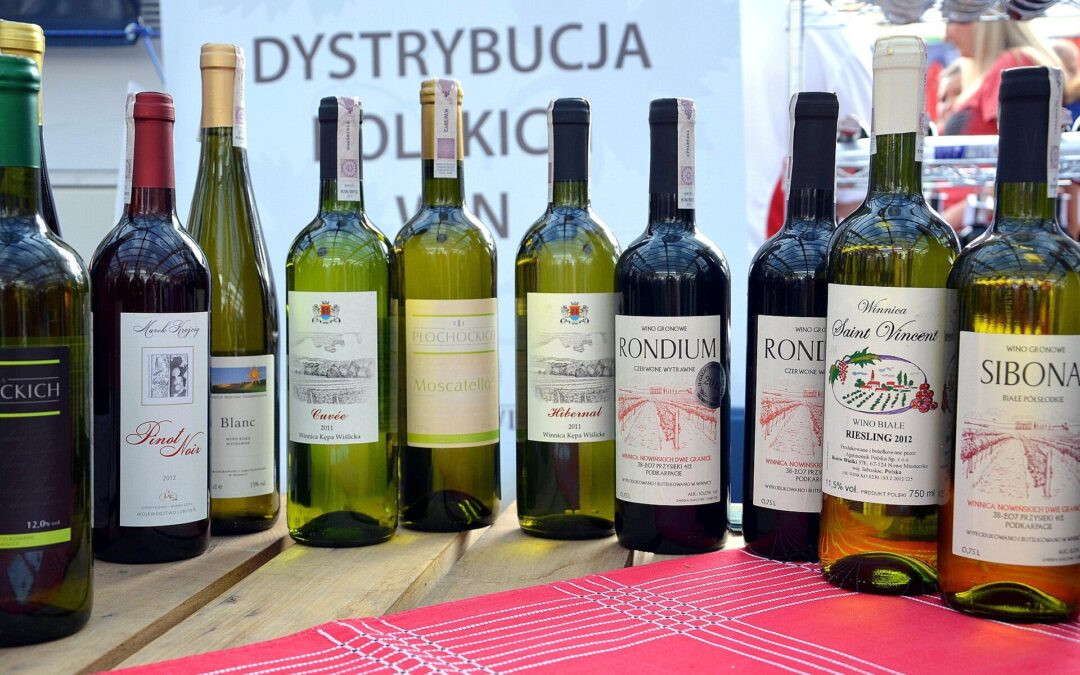
by Ross Kingsley | Jun 1, 2025 | WINES: UNCORKING THE MYSTERY
Seriously, wines from Poland? And yet, on closer look it turns out to be a story that stretches back centuries. A story of resilience and rebuilding, much like the story of the country itself.
Ancient Vines, Monastic Wines
Poland’s relationship with wine isn’t a modern experiment. It’s literally prehistoric. Fossilized grape seeds found in the Wieliczka salt mines outside Kraków tell us that wild vines grew here millions of years ago, long before humans ever thought about fermentation.
Fast forward to the 9th and 10th centuries: vineyards start appearing around Wawel Hill in Kraków. Monks, mostly Benedictines and Cistercians, tended these early vines, making wine for religious ceremonies — and maybe a little extra for themselves. Wine was essential to liturgy, and importing it from the warmer south wasn’t exactly easy or cheap. The monks had to figure it out themselves, and slowly, a local winemaking tradition took root.
By the Middle Ages, wine was a familiar presence across parts of Poland. Vineyards sprawled across hillsides, and wine flowed into the growing cities and monasteries. For a while, it looked like Poland might become a northern stronghold of European wine.
Ice, War, and Political Frost
History had other plans.
Starting in the 17th century, a colder climate (the so-called Little Ice Age) made growing grapes a lot tougher. At the same time, Poland faced wars, partitions, and instability that shook its economy to the core. Vineyards were abandoned. Winemaking knowledge faded.
Then came the 20th century, and with it, two World Wars and decades of communist rule. Under the Soviet-style system, private winemaking wasn’t encouraged — if anything, it was seen as suspiciously bourgeois. Poland’s wine tradition wasn’t just neglected; it was all but buried.
By the time communism fell in 1989, Polish wine was little more than a folk memory, kept alive by a few stubborn families making fruit wines at home.
A New Generation, A New Chapter
That could have been the end of the story. But it wasn’t.
In the 1990s, a new generation of winemakers started poking around the old hillsides again. Some had traveled to France or Austria and returned with ideas — and vines. Others simply wanted to reconnect with something Poland had lost.
It wasn’t easy. Winters could still be brutal. Vines had to be carefully chosen, frost-resistant and disease-hardy. In the early days, hybrids like Seyval Blanc and Regent dominated because they could survive the cold.
But winemakers kept pushing. They learned how to coax grapes through Poland’s short growing season. They experimented with better clones, smarter vineyard techniques, and more traditional grape varieties. Today, Poland’s vineyards are alive with Solaris, Johanniter, Pinot Noir, Zweigelt, Chardonnay, and even a bit of Sauvignon Blanc — alongside the sturdy hybrids that got them started.
Where the Vines Grow
If you go looking for Polish wine country, you’ll find it scattered across the map, often in places you wouldn’t expect.
-
Around Zielona Góra in Lubuskie, wine festivals celebrate a region that’s proud of its long — and now revived — connection to wine.
-
Down south near Kraków, in Małopolska and the Carpathian foothills, tiny family wineries dot the landscape.
-
In Lower Silesia, near Wrocław, slightly warmer weather makes it a promising zone for Pinot Noir and Chardonnay.
-
Podkarpacie and the Świętokrzyskie Mountains are newer players but full of energy, enthusiasm, and some excellent soil.
Most of these vineyards are small. Boutique. Hands-on. You’re more likely to meet the winemaker at the tasting room than a polished sommelier. Sustainability and organic farming aren’t marketing buzzwords here — they’re often just how things are done.
What Polish Wine Tastes Like
If you like bright, fresh, food-friendly wines, you’re in luck. Polish whites — especially from Solaris and Johanniter — tend to be zippy, aromatic, and mouthwatering. Think along the lines of a good German Riesling or Austrian Grüner Veltliner, but with a little more rustic charm.
The reds are trickier. Pinot Noir here can be lovely — light, earthy, and delicate — but it takes skill and a good vintage. Cold-hardy grapes like Regent and Rondo produce juicier, darker wines, though sometimes they can still show a bit of that hybrid tang.
Poland’s fruit wines are also worth mentioning. Apple, cherry, blackcurrant — it’s not just nostalgia. Some producers treat fruit wine with the same seriousness and craft as grape wine, creating complex, grown-up bottles that defy stereotypes.
How Polish Wines Stack Up
Polish wines aren’t trying to imitate Bordeaux or Burgundy. That’s part of their charm. Instead, they’re carving out a space in the international scene with an honest cool-climate style.
At blind tastings and competitions like the Decanter World Wine Awards, Polish wines have started picking up medals. Critics are noticing the precision, the bright acidity, and the clean, confident winemaking. No, you won’t find $300 cult bottles here — but you might find a $25 white wine that makes you rethink everything you thought you knew about Eastern Europe.
Looking Ahead
Poland’s wine industry is still small, still fragile. But it’s moving forward — slowly, thoughtfully, and with a lot of heart.
As climate patterns shift and northern latitudes become more hospitable to fine wine, Poland’s potential only grows. And as more winemakers experiment, innovate, and reconnect with their ancient roots, Polish wine is no longer just a curiosity.
It’s becoming something worth seeking out — not just because it’s surprising, but because it’s good.
Image Credit: https://wikipedia.org
_ _ _
© CHURRASCO PHUKET STEAKHOUSE / ALL RIGHTS RESERVED
Reprinting, reposting & sharing allowed, in exchange for a backlink and credits
Churrasco Phuket Steakhouse serves affordable Wagyu and Black Angus steaks and burgers. We are open daily from 12noon to 11pm at Jungceylon Shopping Center in Patong / Phuket.
We are family-friendly and offer free parking and Wi-Fi for guests. See our menus, reserve your table, find our location, and check all guest reviews here:
https://ChurrascoPhuket.com/
#Churrascophuket #jungceylon #phuketsteakhouse #affordablewagyu #wagyu
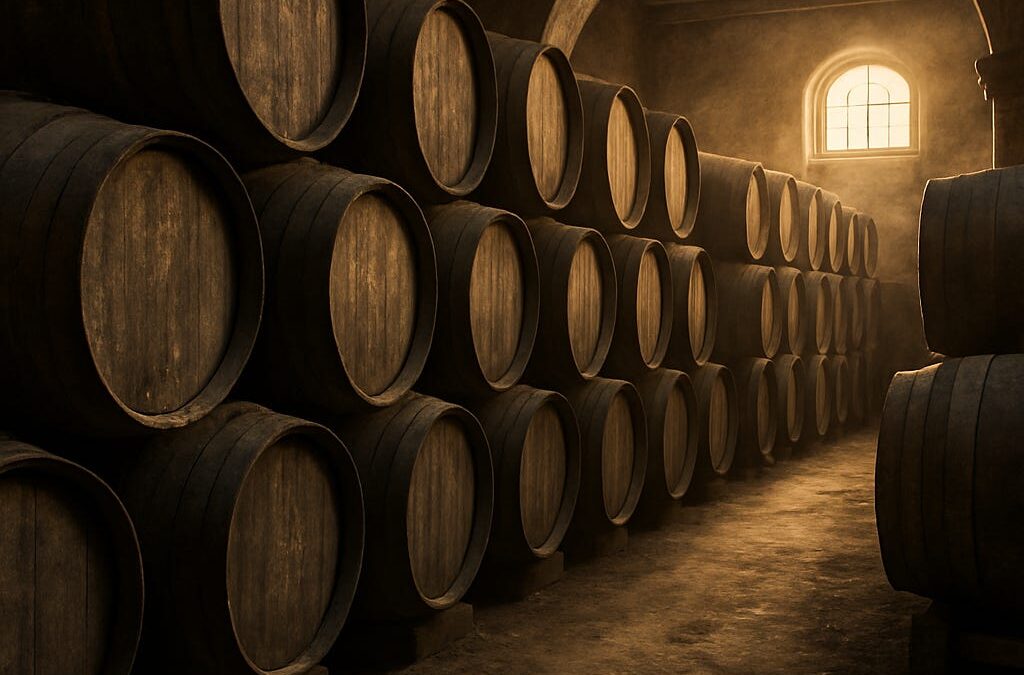
by Ross Kingsley | Jun 1, 2025 | LIQUORS: LIFT YOUR SPIRITS
For connoisseurs of sherry, rum, and lately whisky, the term “Solera” signals a method of aging that goes beyond the typical cask-year arithmetic. Instead of bottling from a single vintage, the Solera process involves a “Fractional Blending” system that maintains continuity, consistency, and complexity over time. It’s a technique that doesn’t just age a product, it cultivates a legacy.
Sherry Roots
The origins of the Solera system lie in southern Spain, in the triangle of Jerez de la Frontera, Sanlúcar de Barrameda, and El Puerto de Santa María. First developed in the 18th century, the method was devised to stabilize the taste and quality of sherry. Early wine merchants in the region realized that by continuously blending older and younger wines in a cascading sequence of barrels, they could create a product that was consistent, reliable and refined—no matter the harvest quality in any given year.
Though no single individual is credited with “inventing” the Solera system, it was refined over time by Spanish bodegas such as González Byass and Lustau, whose multi-tiered barrel systems—sometimes containing wine over 100 years old—still define the gold standard of the practice.
Colonial Legacy
The spread of the Solera technique parallels the reach of the Spanish and Portuguese colonial empires. As merchants and missionaries brought their drinking traditions across oceans, so too traveled the idea of fractional blending.
In Latin America and the Caribbean, distillers of rum began to experiment with the system. Venezuelan producer Santa Teresa and Guatemalan brand Ron Zacapa are two of the more prominent modern rum houses employing Solera aging. These producers embraced the method not just to mimic European practices, but to handle the challenges of tropical climates, where spirits mature more quickly and can become volatile if aged too long in static casks.
In Brazil, Solera principles influenced the production of aged cachaça, while in the Philippines, blends of aged and fresh rums took on a life of their own. Portuguese colonies such as Madeira also saw adaptations of Solera-style methods in their very own fortified wine production.
Whisky & More
Though the whisky industry historically works through age statements and single-barrel prestige, it was only a matter of time before Solera crept into the picture. The modern turning point came in the late 20th century, when Glenfiddich introduced its 15-Year-Old Solera Reserve, aged in a massive vat that is never fully emptied. The continuous top-up and fractional draw mirror the original Solera concept, but adapted for single malt Scotch. Glenfiddich’s aim was to achieve a “living” whisky—one that evolves subtly but never radically shifts from its signature profile.
Today, Solera-style systems are used by innovative distillers like Kavalan in Taiwan. And some Bourbon makers in the United States, such as Hillrock or Stranahan’s, are aiming for complexity through layered blending.
And finally, it’s not just spirits. Traditional balsamic vinegar producers in Modena, Italy, have used similar cascading barrel systems—called batteria—for centuries. Aged for years or even decades, these vinegars develop flavor depth akin to fine wines or whiskies. Though not technically labeled as “Solera,” the structural similarity in process is unmistakable.
The Benefits
At its core, the Solera system offers a unique set of advantages:
-
Consistency Over Time: For producers managing variations in climate or crop, Solera ensures a reliably blended final product that smooths out harsh edges and imbalances.
-
Complexity and Depth: Because some portion of the blend may be many decades old, the resulting product often has intricate layers of flavor that no single-vintage release can offer.
-
Brand Continuity: Solera-aged products help maintain a brand’s “signature style,” which becomes crucial as producers scale or weather challenging vintages.
The Challenges
Despite its appeal, Solera blending isn’t without its challenges.
-
Transparency: Critics argue that Solera systems can obscure the age and origin of the liquid. A product labeled “Solera-aged” might contain only a small fraction of older stock.
-
Regulatory Ambiguity: Wine and spirit labeling laws vary by country, and terms like “Solera” are not always well-defined outside of specific protected regions.
-
Operational Complexity: Maintaining an authentic Solera system—especially a multi-tiered one—requires time, space, and rigorous inventory control. Mistakes can result in batch inconsistency or contamination across barrels.
Solera Today
What began as a practical innovation in Spanish wine country has become a near-mythical symbol of heritage and patience in alcohol production. Whether it’s the nutty depth of an Amontillado sherry, the smooth elegance of a Solera-aged rum, or the lingering finish of a whisky that’s never truly “finished,” the Solera process offers continuity, memory, and craftsmanship.
As more producers around the world look for new ways, it’s safe to say that the Solera method will continue to evolve. Just like the barrels it flows through.
Image Credit: https://churrascophuket.com
_ _ _
© CHURRASCO PHUKET STEAKHOUSE / ALL RIGHTS RESERVED
Reprinting, reposting & sharing allowed, in exchange for a backlink and credits
Churrasco Phuket Steakhouse serves affordable Wagyu and Black Angus steaks and burgers. We are open daily from 12noon to 11pm at Jungceylon Shopping Center in Patong / Phuket.
We are family-friendly and offer free parking and Wi-Fi for guests. See our menus, reserve your table, find our location, and check all guest reviews here:
https://ChurrascoPhuket.com/
#Churrascophuket #jungceylon #phuketsteakhouse #affordablewagyu #wagyu
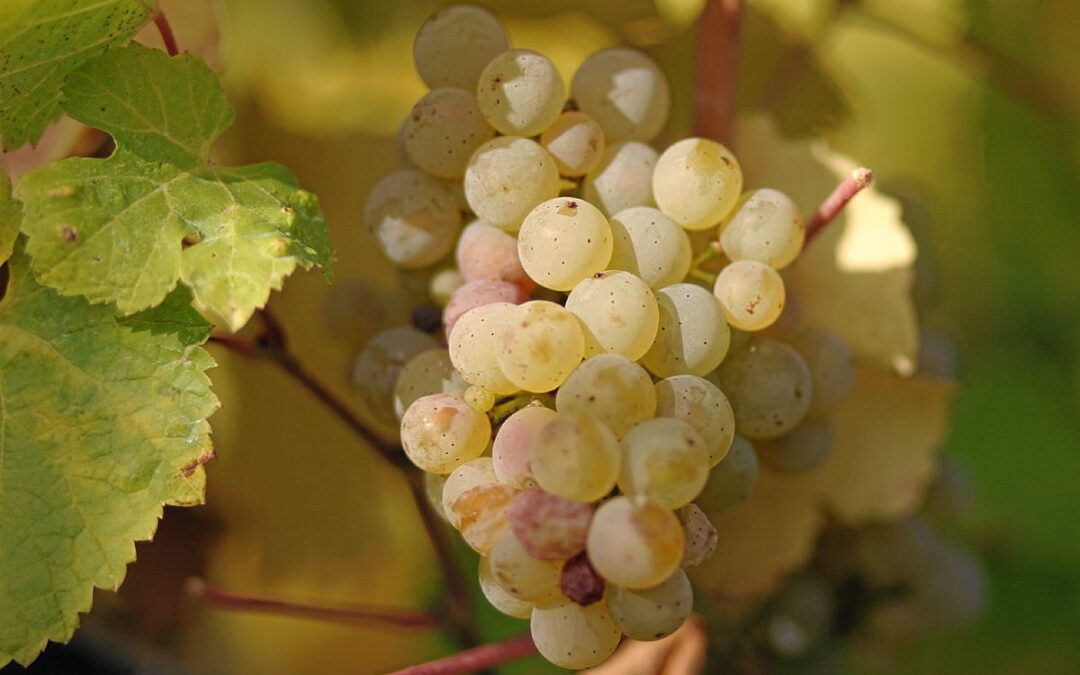
by Ross Kingsley | Jun 1, 2025 | DECODING GRAPES: FROM VINES TO VINTAGE
Early Days Along the Rhine
Riesling is mostly known for bright aromas, lively acidity, and impressive adaptability. Its variety in style – from crisp, dry wines to rich, sweet dessert bottles – is part of the grape’s charm. In an international context, it reflects where it’s grown, giving wine lovers a glimpse into the soils, slopes, and climates behind each glass.
The story of Riesling begins along the banks of Germany’s Rhine River, where the grape was first mentioned in 1435. Its origins are tied to wild vines from the region, as well as two older varieties: Gouais Blanc and Traminer. Germany’s cooler climate, combined with steep vineyards, gave Riesling an environment where it could shine. Over time, winemakers realized that Riesling didn’t just survive in these challenging conditions—it thrived, picking up subtle differences from one vineyard to the next.
Rising Prestige in Europe
By the 1800s, Riesling had built a strong reputation across Europe. Wines from places like the Mosel Valley were highly sought after, and often mentioned in the same breath as some of the top wines of the time. What set Riesling apart was its transparency. Unlike heavier, more robust grapes, Riesling kept its freshness and character, allowing drinkers to taste the unique fingerprint of each region, and sometimes even a particular hillside or vineyard.
Decline & Renaissance of German Rieslings
Despite its earlier acclaim, Riesling’s image took a hit in the mid-20th century, when large-scale marketing efforts pushed inexpensive, mass-produced German wines onto the international market. Brands like Blue Nun and Black Tower became household names, but the focus shifted away from quality toward sweet, simple wines that bore little resemblance to traditional, site-driven Rieslings. For a time, the grape’s reputation, particularly outside of Germany, was closely tied to these easy-drinking but uninspiring styles.
Fortunately, many German vintners never gave up on Riesling’s true potential. Winemakers began working to restore the grape’s reputation by focusing on smaller yields, better vineyard management, and traditional craftsmanship. One of the leading figures in this revival was Dr. Ernst Loosen, whose commitment to making structured, expressive Mosel Rieslings helped reignite global interest in German wine. Thanks to efforts like his, Riesling gradually returned to being seen as a serious and distinctive variety.
A Grape of Many Styles
One of Riesling’s biggest strengths is its versatility. In places like Alsace, France, or in Germany’s drier “Trocken” styles, Riesling offers a clean, zesty profile with notes of citrus, green apple, and minerals. These wines are refreshing and food-friendly, perfect for everything from seafood to spicy dishes.
Riesling also handles sweetness well, and some of its most beloved styles fall into this category. German classifications like Spätlese and Auslese show off ripe fruit flavors balanced by lively acidity. For something even richer, there’s Trockenbeerenauslese, a style made from grapes that have dried and concentrated – on the vine. Then there’s Eiswein, or ice wine, produced when grapes are harvested and pressed while still frozen. The result is an intensely flavorful wine that feels both rich and refreshing.
A Global Citizen
Although Germany remains closely tied to Riesling’s identity, the grape has traveled widely. In Alsace, Riesling takes on a slightly broader, fuller style. In Austria, especially in regions like the Wachau, it often shows more herbal and spicy notes. Across the globe, Riesling has found new homes: Australia’s Clare and Eden Valleys produce famously dry, lime-driven Rieslings; New York’s Finger Lakes region is known for its cooler-climate examples with bright acidity and stone fruit flavors. New Zealand and South Africa have also made Riesling a part of their wine scenes, and Canada, particularly Ontario, has gained attention for both traditional styles and ice wines.
Built to Last
One of the more interesting things about Riesling is how well it ages. Fresh Rieslings are lively and floral, but given a few years (or a few decades), the flavors deepen. Wines can develop notes of honey, dried fruit, and even a slightly earthy, petrol-like character that many Riesling fans find fascinating. Riesling may not always be the flashiest wine on the shelf, but it has a quiet confidence. Whether you enjoy something bone dry, lightly sweet, or rich and mild, there’s likely a Riesling out there to surprises you.
Image Credit: https://wikipedia.org
_ _ _
© CHURRASCO PHUKET STEAKHOUSE / ALL RIGHTS RESERVED
Reprinting, reposting & sharing allowed, in exchange for a backlink and credits
Churrasco Phuket Steakhouse serves affordable Wagyu and Black Angus steaks and burgers. We are open daily from 12noon to 11pm at Jungceylon Shopping Center in Patong / Phuket.
We are family-friendly and offer free parking and Wi-Fi for guests. See our menus, reserve your table, find our location, and check all guest reviews here:
https://ChurrascoPhuket.com/
#Churrascophuket #jungceylon #phuketsteakhouse #affordablewagyu #wagyu

by Ross Kingsley | Jun 1, 2025 | RESTAURANT BUSINESS: BEHIND THE KITCHEN DOOR
First impressions are everything, not only in the world of hospitality. Remember that while outstanding food and a well-designed spaces are important, how guests are welcomed can be a difference between a one-time visit and a loyal customer. The greeting a guest receives upon entering (and leaving) your restaurant sets the tone for their entire experience.
Guest Welcomes Are Crucial
A guest’s dining journey begins the moment they walk through the door, not when they taste the first bite of food. Studies show that strong customer service influences not only repeat business but also positive word-of-mouth marketing. According to hospitality research, 68% of customers say they are willing to spend more at establishments known for good service, while poor initial interactions have caused 78% of customers to back out of purchases altogether. Welcoming a guest warmly communicates that they are valued. It instantly forms a connection that can make the difference between a guest feeling like just another number or feeling like a cherished visitor.
Effective Greeting Techniques
When greeting guests, authenticity matters. Avoid overly scripted phrases that can sound mechanical. A simple “Good evening, welcome to [Restaurant Name]” with a genuine smile goes much further than a rehearsed line. Other natural greetings include:
-
“Thanks for joining us tonight, I’m [Name].”
-
“Good to see you, hope you’re having a great day!”
Making eye contact, standing tall with relaxed posture, and offering a warm tone of voice are all small but powerful signals that say, “We’re glad you’re here.”
Personal Touches
After the initial greeting, a little small talk can build rapport. Simple questions about the day, the weather, or special plans help humanize the interaction. For example:
For returning guests, recognizing them and referencing previous visits elevates the experience: “Welcome back! Will it be the usual table today?” Personal recognition makes guests feel seen and appreciated, enhancing loyalty.
Compliments and Directional Greetings
Sincere compliments can also set a positive tone—mentioning a guest’s outfit, a cheerful attitude, or anything genuine you notice. Directional greetings, meanwhile, help guests feel looked after right away. For example:
Immediate, confident guidance helps guests settle in quickly, creating a seamless entry into the dining experience.
The Key Ingredients Beyond Words
Welcoming guests effectively goes beyond words alone. Appearance, timing, and body language are equally critical:
-
Dress Code: Staff should always maintain a clean, professional appearance. First impressions are visual as much as verbal.
-
Promptness: Guests should be greeted within moments of entering. Delays create unease and the sense of being overlooked.
-
Body Language: Positive body language—eye contact, open posture, and friendly gestures—speaks volumes. Avoid crossed arms, lack of acknowledgment, or distracted behavior.
Training teams to be aware of these nonverbal cues ensures a more consistent and pleasant welcoming experience.
Don’t Forget the Goodbye
While much emphasis is placed on the first greeting, the way guests are bid farewell is just as important. A warm, genuine goodbye leaves a lasting final impression. Simple phrases like “Thank you for coming,” “We hope to see you again soon,” or “Safe travels!” help close the experience on a positive note. In Japanese restaurants, this practice is treated with utmost importance. Staff often line up to bow and thank guests loudly and warmly as they leave, signaling deep respect and appreciation. It’s not just tradition—it reinforces the guest’s value and encourages repeat visits. A thoughtful goodbye is a small gesture that costs nothing but pays dividends in guest loyalty.
The Big Picture
A welcoming atmosphere does not stop at the door. It extends through every interaction, from table service to payment. Establishing a culture where every guest is treated with genuine hospitality is essential. It’s not just about formal etiquette but about fostering a natural spirit of warmth, attentiveness, and care.
In an industry where competition is fierce and online reviews carry significant weight, creating exceptional first and last impressions isn’t optional. It’s one of the most effective, least expensive investments a restaurant can make.
Good service starts with a good welcome—and ends with a heartfelt farewell.
Image Credit: https://freepik.com
_ _ _
© CHURRASCO PHUKET STEAKHOUSE / ALL RIGHTS RESERVED
Reprinting, reposting & sharing allowed, in exchange for a backlink and credits
Churrasco Phuket Steakhouse serves affordable Wagyu and Black Angus steaks and burgers. We are open daily from 12noon to 11pm at Jungceylon Shopping Center in Patong / Phuket.
We are family-friendly and offer free parking and Wi-Fi for guests. See our menus, reserve your table, find our location, and check all guest reviews here:
https://ChurrascoPhuket.com/
#Churrascophuket #jungceylon #phuketsteakhouse #affordablewagyu #wagyu





